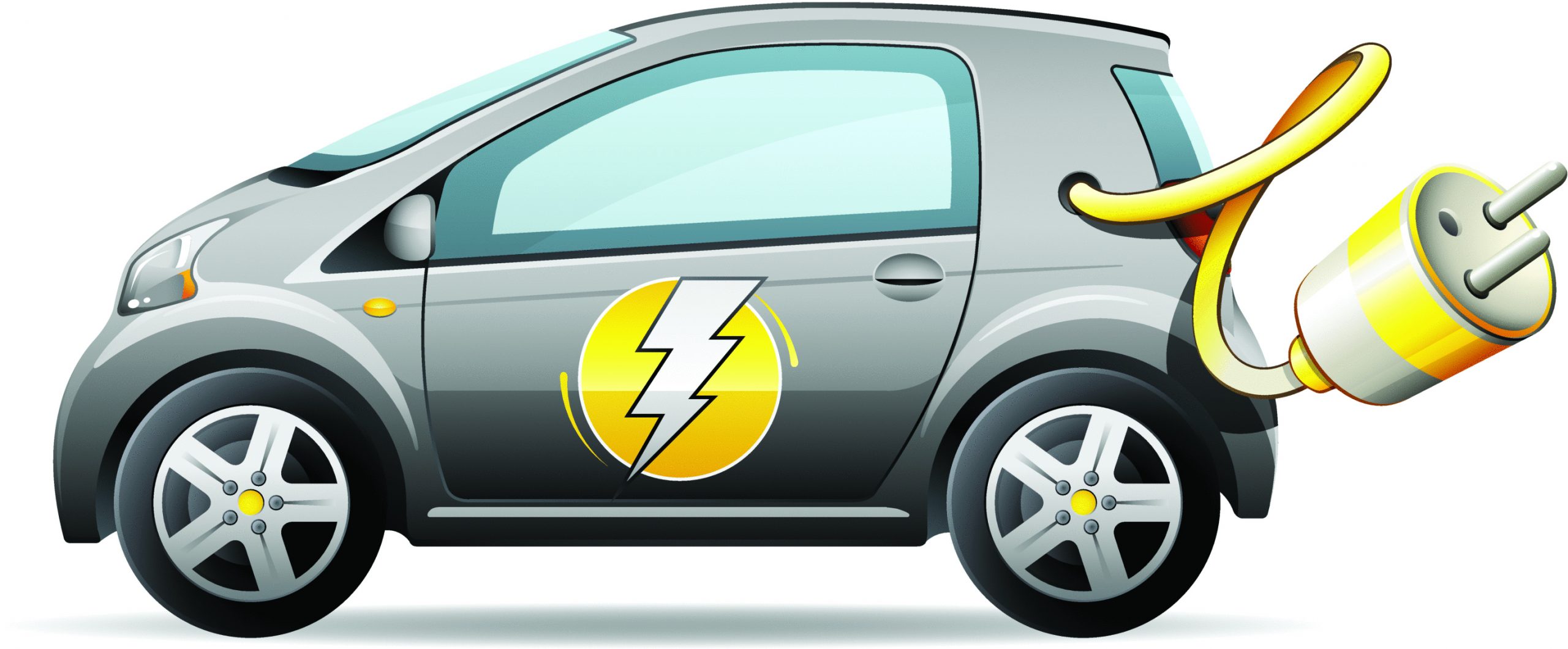With rising fuel prices and worsening air pollution levels, it is now time to switch to a cleaner alternative: electric cars. The GEM® line of electric cars, which have been around for about two decades now, is a good option for those thinking of making a change. Along with cost-efficient mileage, the cars come with low maintenance features and are suitable options for many purposes including neighborhood commute and defence-related duties.
Electric cars from Global Electric Motorcars or GEM®are low-speed vehicles that find use in multiple arenas including neighborhood commute, military purposes, sporting, inter-campus commute, landscaping, construction, hotels and resorts, security patrols, property management and so on. GEM® is owned by Polaris Industries and has been manufacturing vehicles since 1998.
How do they Operate?
GEM® cars utilize a 72 volt-battery system for operation. The different variants have different combinations of batteries. For example, the GEM® e2 contains six 12-volt batteries; the GEM® el XD contains nine 8-volt maintenance free gel batteries and so on. Under normal vehicle and road conditions, a fully charged GEM® car can cover up to 30 miles (about 48 kilometers) on one charge, while the GEM® e6 and GEM® el XD can travel up to 40 miles (about 64 kilometers). A full charge requires 6-8 hours of being plugged in to any standard 110-volt outlet. There is an optional full-charge package that lets the car be full charged from a completely discharged state in just one hour.

The GEM® range of vehicles is a good option for those who need to travel short distances without high speeds. The mileage given is enough to run errands, commute to work, and transport people and goods over short distances. Moreover, the low transportation costs make it ideal for students and similar low-income groups.
Although the operating and maintenance costs of GEM® vehicles are much lower than a regular petrol or diesel car, there are some caveats – the structure of the vehicle doesn’t allow air conditioning or side windows – which means one should not expect all the comforts of a regular hatchback or sedan. Battery charging isn’t a major problem as the standard plug-in design allows a vehicle to be charged at any electric outlet. Also, the fact that safety has been given top priority while making these vehicles can be gleaned from the presence of windshield glass, turn signals, three-point safety belts, horns, mirrors, windshield wipers, as well as headlamps and brake lights.
However, it is the ideal car for those who do not require luxury and want to do their bit for the environment. But it should be kept in mind that with the electricity that such cars consume, they cannot be called zero-emission vehicles as the production of electricity through conventional means pollution or damage to the environment. At most, one can say that these are low-pollution vehicles.
What do you think? Do you agree that we need to see more electric cars in India? Share your views in the comments section.



